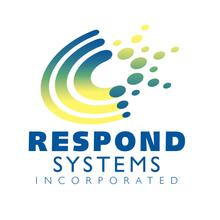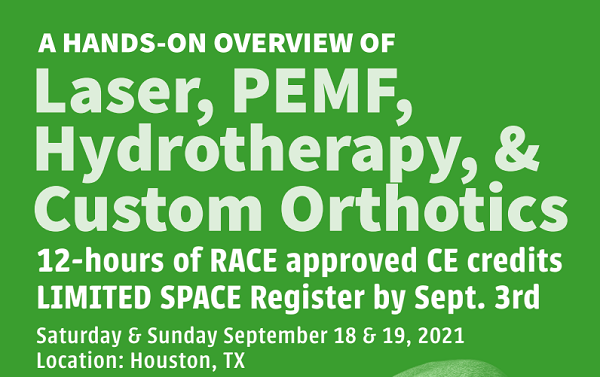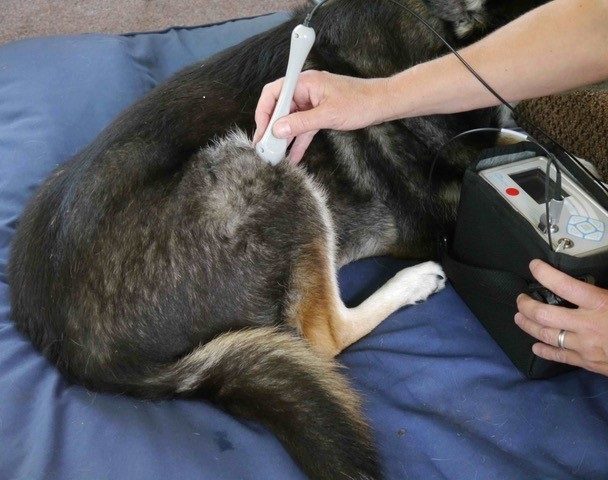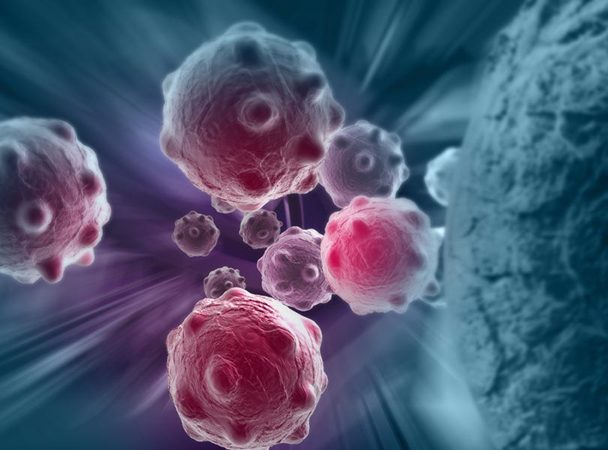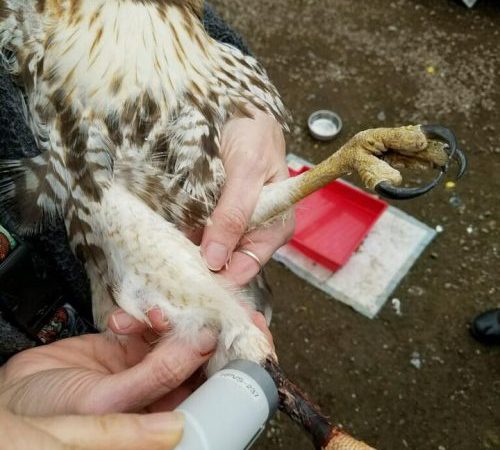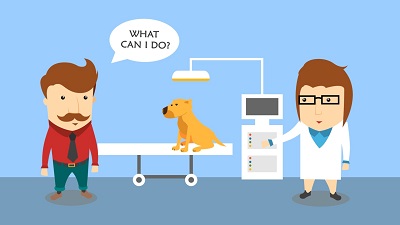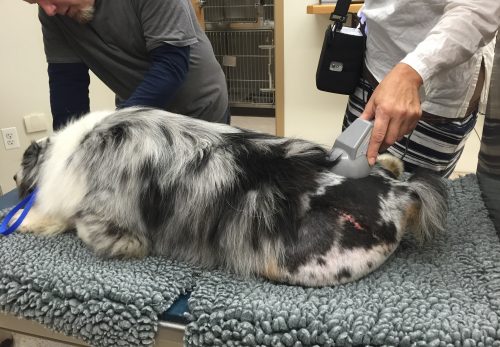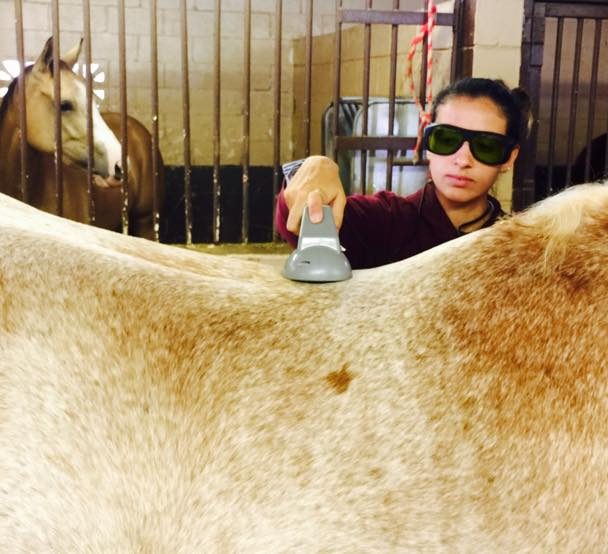As a veterinarian or therapist who puts patient comfort first, you are always working use the least invasive, most effective treatments possible. Laser therapy (or photobiomodulation) can be an incredibly effective, non-pharmaceutical option for accelerating healing, relieving pain, and reducing inflammation for both acute and chronic conditions. It can add tremendous value to both patient and practice.
But which laser to add? Class 3b? Class 4? Should I even consider a Class 1 or 2?
There is a lot of confusion surrounding laser classification and effectiveness. While there are thousands of studies documenting the biochemical mechanisms of how photobiomodulation works on a cellular level, there is still not enough research to definitively say what class laser (primarily Class 3b or 4) or what power is most effective for results. A vast majority of studies revealing the effective mechanisms of laser therapy are done using a Class 3b laser, but very few studies compare a Class 3b to Class 4 as the sole variable of evaluation.
The other contributor to the confusion surrounding which laser class is best stems directly from the manufacturers themselves. Content and even research presented in marketing and promotional materials is intentionally chosen by many of the companies, not all, to present only the information they want the customer to see about their class laser. Some either conduct biased studies or provide only the data that says their class laser is the only choice when in fact equally convincing data exists supporting another class laser!
It is left up to the audience to sift through all of the information to determine fact from exaggeration.
How Are Lasers Classified?
There are four different classifications of therapy lasers. Contrary to popular belief, the classification levels are not strictly based on power only but are instead defined by how hazardous each laser is to the eye. While power is by far the main factor in this classification, it is not the only variable that matters. Distance from the eye, the angle the light is emitted from the laser lens, and the size of the pupil or lens it is being received into all play a role in determining a laser’s classification.
Laser classifications include:
Class 1 and 2: These are the lasers found in classroom laser pointers. While they have the potential to be dangerous to the eyes, they’re generally considered safe. As a therapy laser, a Class 2 laser would take an extremely long time to deliver an effective dose of energy for healing if it can even get the dose delivered into the tissue deep enough. The Class 1 and Class 2 lasers on the market today require you to treat every 3-4 hours throughout the day for an effective treatment.
Class 3b: These cold lasers are classified as being capable of causing damage to the eye and safety glasses should be worn when using this class laser and above. The FDA defines this Class 3b as a power output at a maximum of 500mW as measured at a defined aperture and distance from the lens. The Class 3b laser is the most studied and has therapeutic benefits for both humans and animals as long as the wavelength of energy it is emitting falls into the therapeutic range of 670-950nm.
Class 4: Class 4 lasers are almost identical to the Class 3b in therapeutic effect, but, with a higher power output, they can deliver the effective dose of energy more quickly into the tissue which can be quite beneficial when treating larger dogs and horses with deeper tissue conditions. The one drawback of the higher power, however, is the risk of burning is higher with a Class 4 laser. This class laser should only be used in skilled hands in a clinic setting.
Does laser classification determine effectiveness?
Lasers may be classified by power, but that is only one variable of the many that contribute to effectiveness from a therapeutic perspective.
Dose (in Joules), wavelength and power all contribute to laser effectiveness.
While power will deliver your effective dose deeper into the tissue faster, you are still limited in depth of penetration based on WAVELENGTH.
As laser light passes through tissue, it gets absorbed by melanin, blood, water, fat, muscle and all other tissue it passes through. Some wavelengths cannot make it much past the surface, like those in the red 600nm range, and are therefore ideal for treating superficial conditions and wounds.
To get deeper into tissue, you need a range of 800-1000 with the 808/810nm having the best penetration for continuous wave emission and the low 900nm range for Super Pulsed. Super Pulsed is a type of laser emission that can peak very high in wattage to get deeper into the tissue, but it will never heat up even at very high peaks of power.
Simplified Comparison of Laser Classification and Power
Thinking about lasers as tools to heat a pool can be a helpful analogy for understanding laser power.
Class 2 lasers are very low-grade and may heat some of the pool in the immediate vicinity closest to the source, but areas away from the laser will likely never get warm. The energy is just not strong enough to penetrate to the full area. Think of it like trying to heat the pool with a 20W light bulb. It would be impossible.
Class 3b lasers will heat the pool fully as the have enough energy to heat it fast enough that the full area warms up nicely. This is our 100W light bulb in this example.
Class 4 is the most powerful heater and heats the pool very quickly, but it can be too powerful at times — if you jump in too soon or too close to the source, you may get burned. This would be the 200W bulb for comparison.
Ready to Boost Your Patient Healing Speeds and Comfort?
Making the right choice in laser classification is important especially as it relates to ROI for your practice. Results from a Class 3b or Class 4 are going to be very similar, it is more or less the time to treat per session that will be the difference. In some cases, the treatment time could even be equal such as when treating a superficial or acute condition. At other times, if treating a horse’s neck for instance, you could have an 10-20 minute treatment time difference.
You cannot go wrong with either level system (Class 3b or 4) so it is best to choose the one you will utilize the most to benefit as many patients/clients as you can while fitting within your budget requirements and mobility needs.
Respond Systems, Inc (RSI) has been manufacturing both cold laser and PEMF therapy in the USA for over 35 years. As a leader in product development and research, RSI’s mission is to improve the lives of animals through two of the most highly effective, versatile, and non-invasive therapy modalities on the market today. For more information visit www.respondsystems.com.


